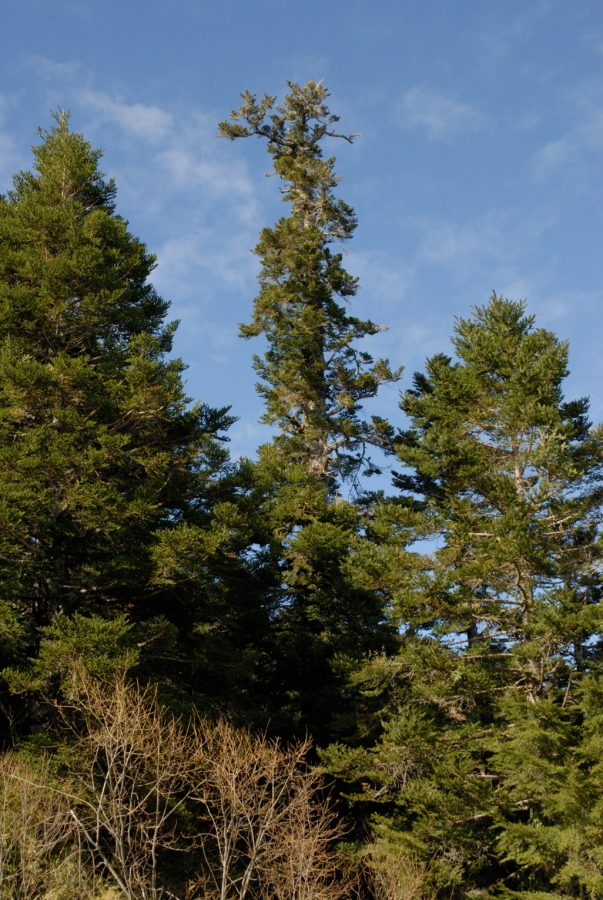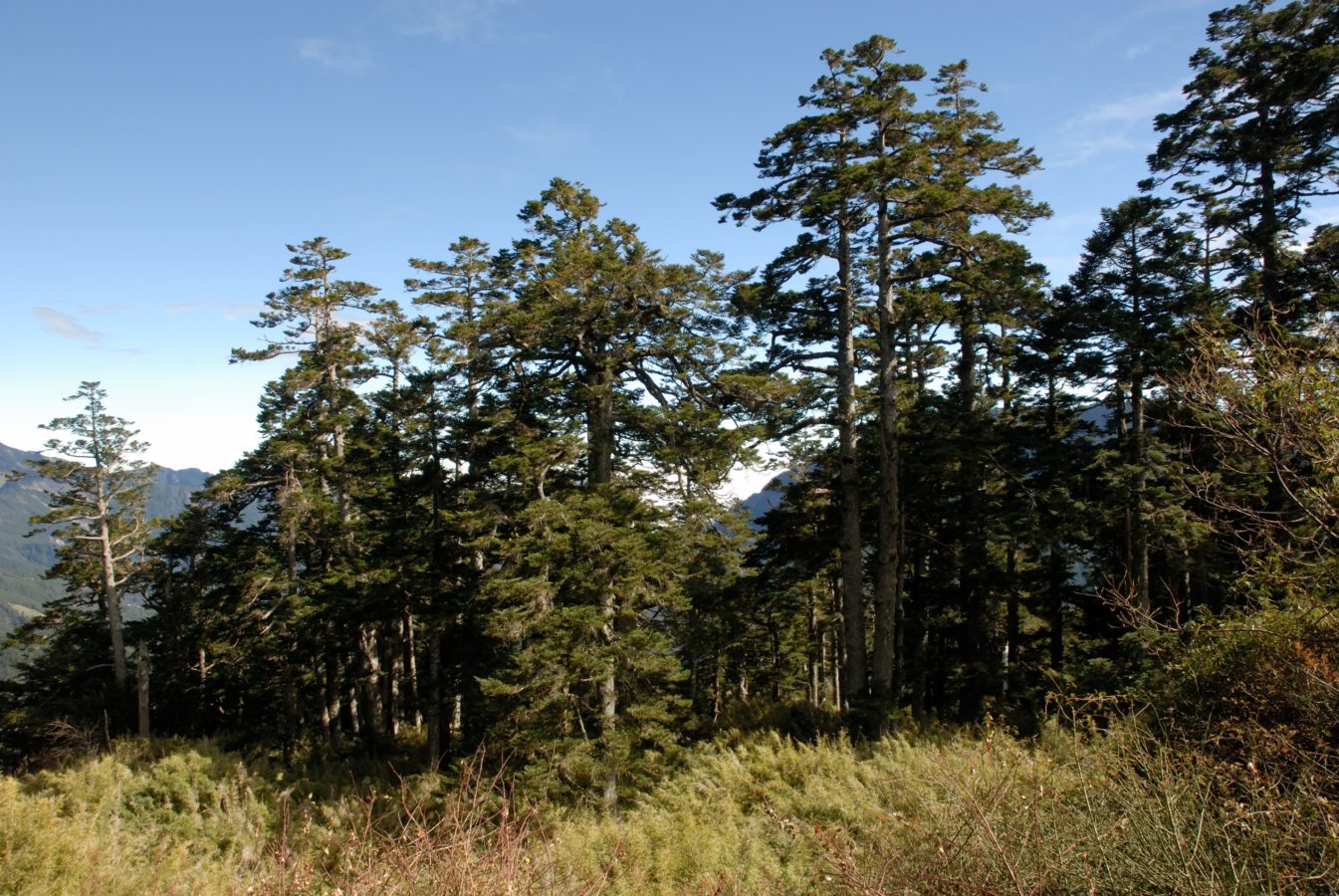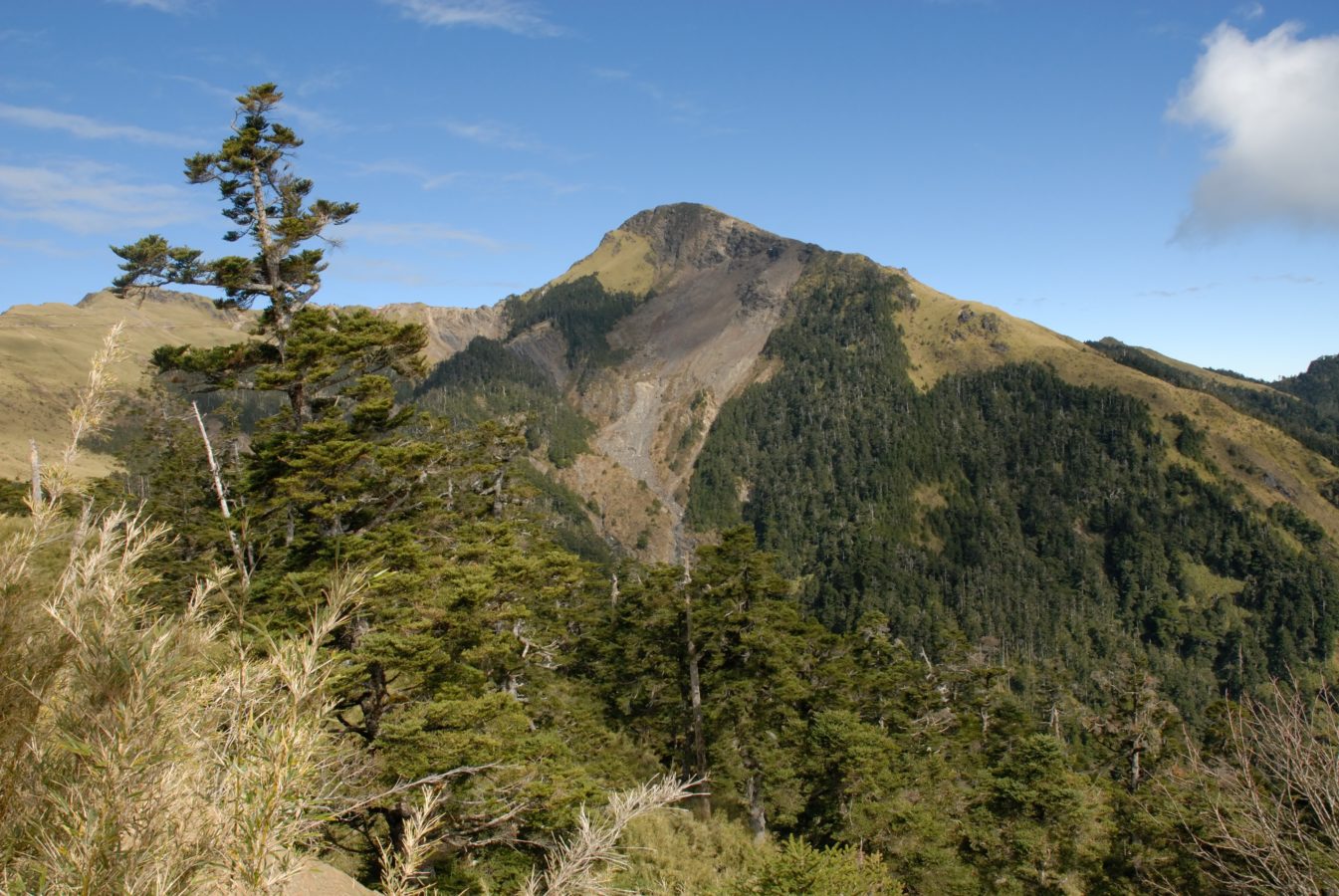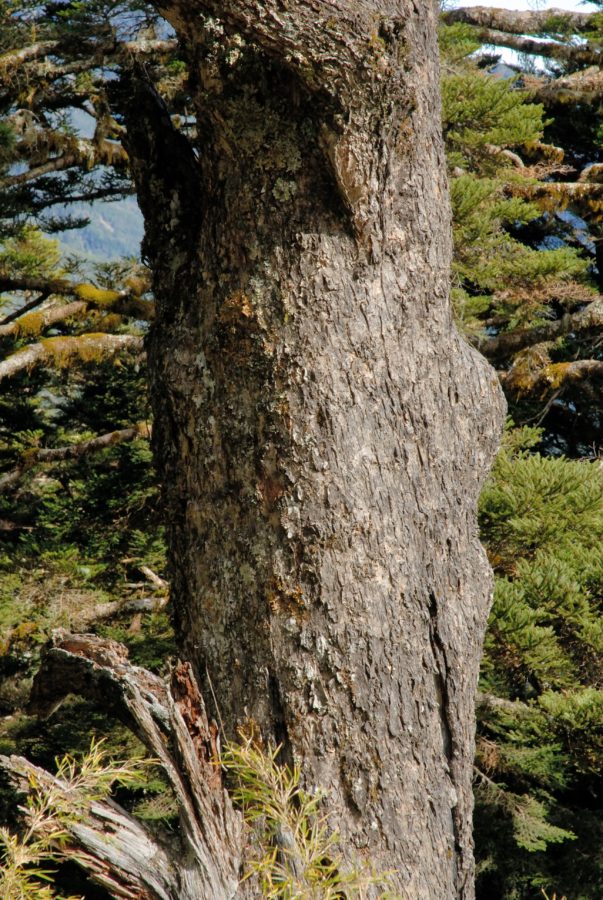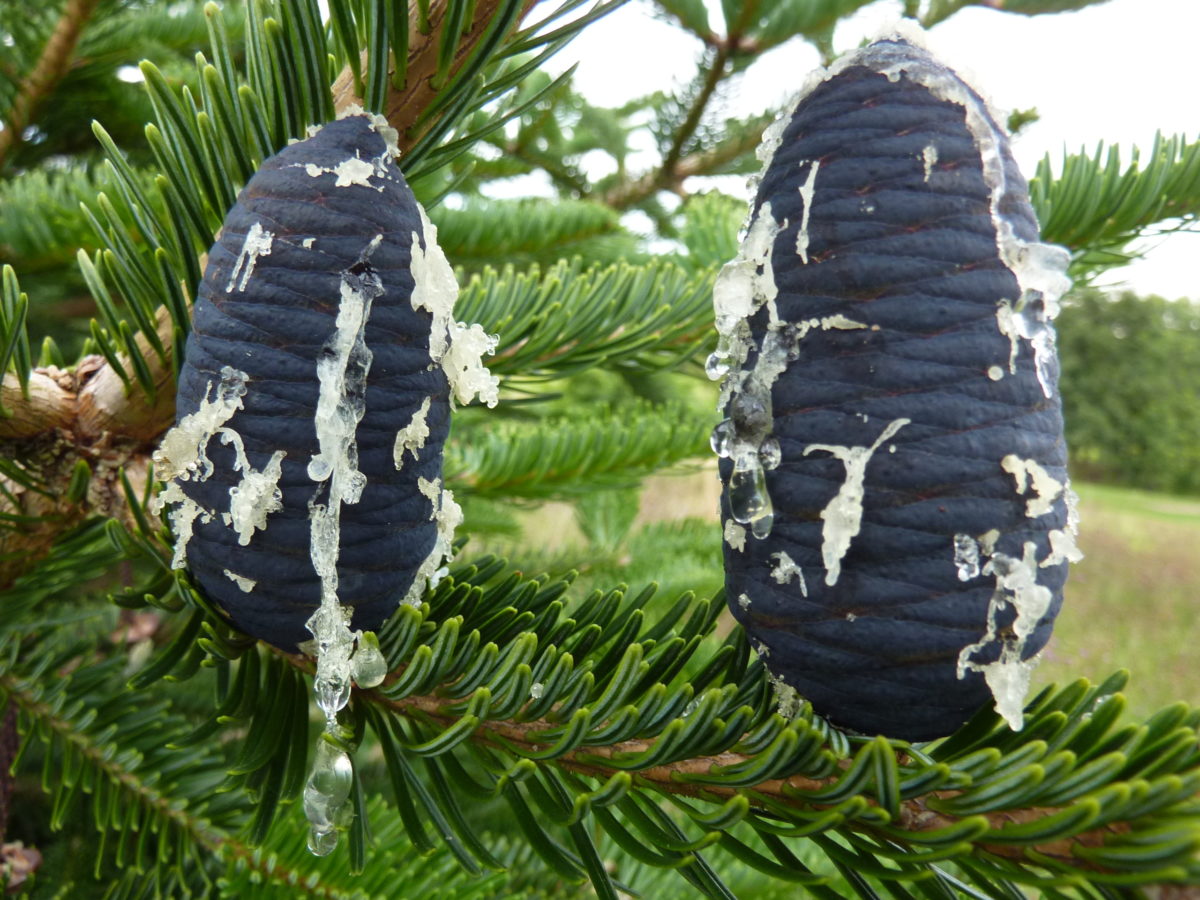Pinaceae
Abies kawakamii
A subtropical alpine fir restricted to a few areas in Taiwan. Climate change is likely to have a significant impact on this species. Currently it is assessed as Near Threatened
Human Uses
The timber of this species was formerly exported to Japan, where it was used for general carpentry. It is little used for this purpose today in Taiwan.
References and further reading
- Chou, W.C. and Chen, M.Y. (2006). Post-fire regeneration on the alpine forests in central Taiwan. In: 3rd International Fire Ecology and Management Congress: Changing Fire Regimes: Context and Consequences November 13-17, 2006.
- Shih, F.L., Hwang, S.Y., Cheng, Y.P., Lee, P.F. and Lin, T.P. (2007). Uniform genetic diversity, low differentiation and neutral evolution characterize contemporary refuge populations of Taiwan Fir (Abies kawakamii, Pinaceae). American Journal of Botany 94(2): 194-202
- Thomas, P., Liao, W. & Yang, Y. (2013). Abies kawakamii. The IUCN Red List of Threatened Species 2013: e.T31362A2805686. http://dx.doi.org/10.2305/IUCN.UK.2013-1.RLTS.T31362A2805686.en. Downloaded on 01 December 2016.
